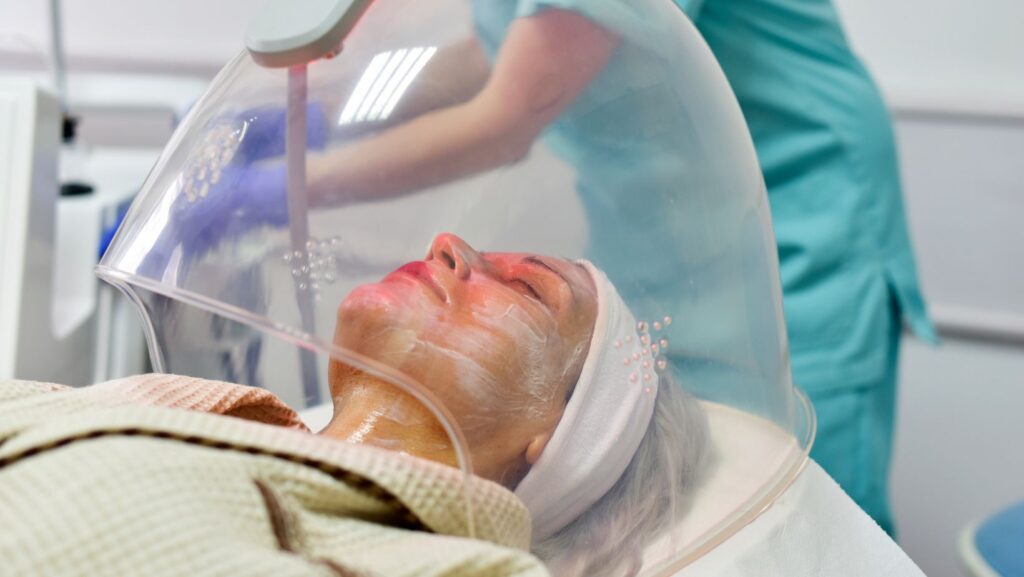
Key Takeaways:
- Oxygen therapy can significantly improve respiratory function for individuals with various pulmonary conditions.
- It is a versatile treatment modality used in both clinical and home environments.
- Proper administration and monitoring are essential for safety and efficacy.
Introduction to Oxygen Therapy
Oxygen therapy is a life-sustaining and therapeutic treatment that provides individuals with added oxygen. In the human body, oxygen plays a crucial role in respiration, energy production, and metabolic processes. Without adequate levels, cells cannot function properly, and health quickly deteriorates. Those suffering from conditions that affect their ability to breathe deeply or efficiently often benefit from oxygen therapy. Administered in various settings, including hospitals, clinics, and patients’ homes, this form of therapy has the potential to improve life quality greatly. Notably, facilities such as oxygen therapy Dubai have pioneered advanced oxygen therapy, enhancing traditional approaches with modern techniques and technologies.
Benefits for Respiratory Health
Oxygen therapy offers many benefits for individuals with respiratory disorders, which becomes apparent when looking at its effect on various conditions. For those with chronic obstructive pulmonary disease (COPD), which can drastically reduce the efficiency of the lungs, oxygen therapy helps to maintain blood oxygen at safe levels, potentially staving off heart failure and other serious complications. Patients with pneumonia, who may experience critically low oxygen levels due to the infection-filled air sacs in their lungs, can often recover more quickly and with fewer complications when given supplemental oxygen.

Even those with conditions like severe asthma or sleep apnea, which can intermittently decrease blood oxygen levels, benefit from the steadying influence of this treatment, which helps prevent episodic emergencies and improves overall respiratory function.
Oxygen Therapy in Clinical Practice
Clinically, oxygen therapy is a vital intervention for a host of respiratory problems—from acute events like an asthma attack to chronic conditions such as emphysema. The specific method of administration and the oxygen concentration are customized based on the patient’s condition to achieve an optimal balance between the therapeutic benefits and minimize the risks of oxygen toxicity. Healthcare providers may opt for various delivery mechanisms, including simple masks, nasal cannulae, or, in instances requiring more intensive intervention, a hyperbaric oxygen chamber. Whatever the method, careful monitoring by qualified medical staff is paramount to ensure that the patient’s oxygen levels remain within therapeutic range.
Patient Experiences with Oxygen Therapy
The personal stories of those who have undergone oxygen therapy paint a vivid picture of its impact. After struggling with chronic shortness of breath, many patients report significant improvements in their ability to perform everyday tasks, noting an increased capacity for physical activities that they previously found taxing or impossible.

Beyond the physical enhancements, there is an emotional and psychological boost, often described as a lifting of the burdensome anxiety associated with respiratory distress. The benefit of breathing easier cannot be overstated for those previously confined by their conditions, opening up new opportunities for engagement and enjoyment in their lives.
Conclusion
In summary, oxygen therapy is an indispensable tool in the arsenal against various respiratory ailments. It provides a supplemental lifeline for those whose lungs cannot adequately supply their body’s needs. When applied under professional medical guidance and with appropriate monitoring, the benefits of oxygen therapy extend from the most basic physiological levels to the overall improvement of patients’ day-to-day existence. With continued advancements in medical technology and therapy protocols, the role of oxygen therapy remains a beacon of hope for enhancing respiratory health and enabling a greater quality of life for many.












